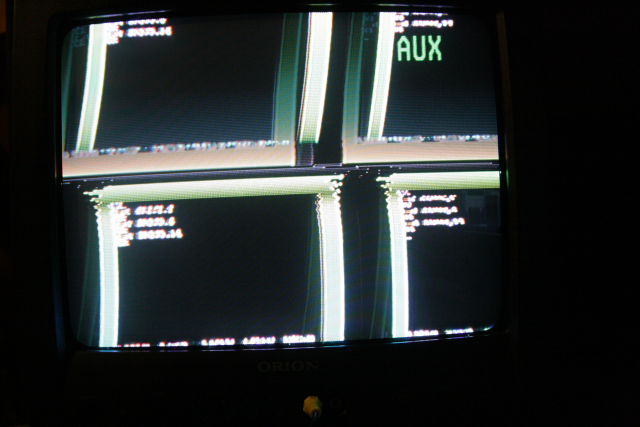Great Hierophant
Veteran Member
Normally, VGA uses a horizontal sync frequency of 31.5kHz, exactly double the 15.75kHz frequency of the CGA (and NTSC) monitors. For 200 line modes, VGA does double scanning, repeating each line to make a 400 line mode. I believe I read somewhere, a long time ago, that the VGA can be programmed not to do this, in essence giving a signal compatible with NTSC frequency monitors and TVs. In fact, there may even have been a program to allow you to do this. Am I correct?
Obviously, if this is possible, it is not recommended unless you know for a fact your monitor supports 15.75kHz.
Obviously, if this is possible, it is not recommended unless you know for a fact your monitor supports 15.75kHz.

